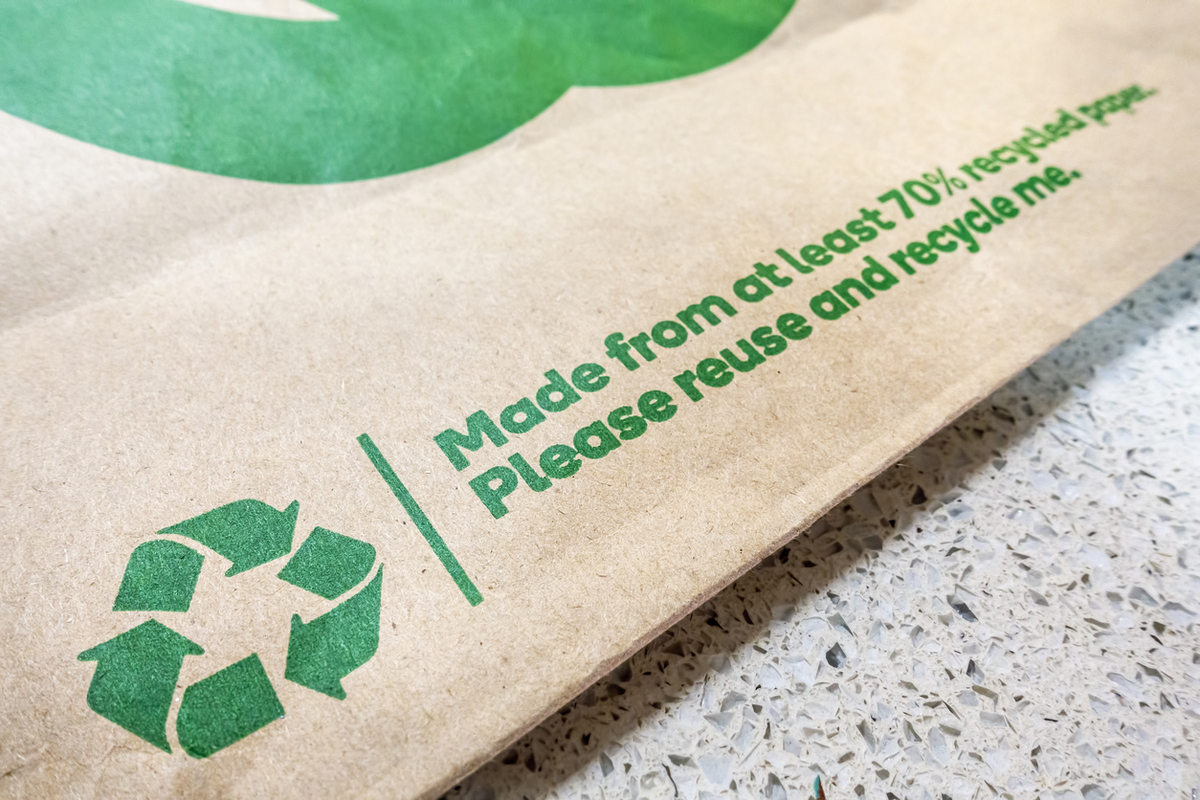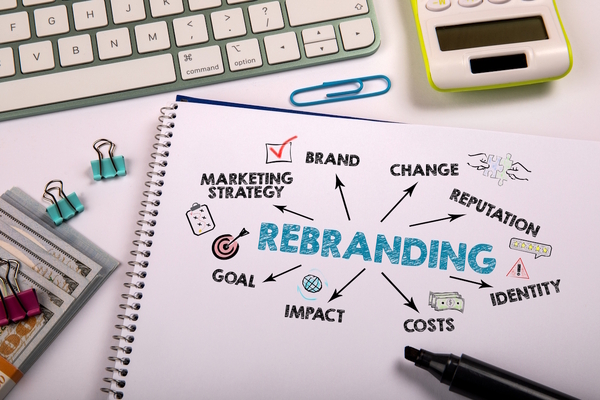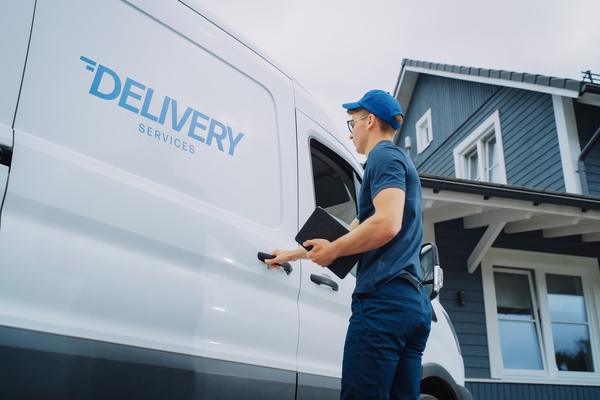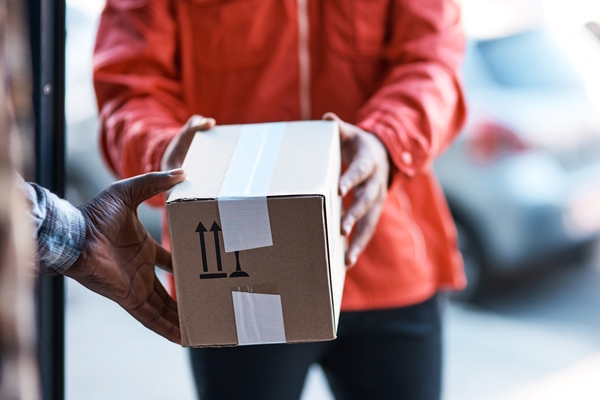The costs and benefits of extended producer responsibility compliance for packaging
How putting customer expectations ahead of ticking all the boxes can pay off

It turns out consumers really do care about the environment, particularly in relation to environmental crises that they are made aware of. The impact of the heartbreaking images of sealife suffering from plastic pollution in David Attenborough’s Blue Planet II still reverberates in the statistics.
The outrage that Attenborough’s series generated led to hurried legislation in the UK to ban culprits such as single-use cotton buds, stirrers, straws and balloon sticks full stop. And in a McKinsey survey covering a representative sample, ocean litter is still the biggest concern among those who are extremely or very concerned about the environment, in six of the 11 countries surveyed. Water pollution, a grave problem that is increasingly worrisome news in the UK, where sewage companies routinely pump effluent into rivers, is currently ranked fifth.
Despite the legislation, progress in how the UK deals with domestic packaging waste hasn’t been so spectacular, with household recycling rates remaining static at around 43-44 per cent since 2011-12 and the EU-derived target of recycling 50 per cent of household waste met only in Wales.
Producers need to make recycling easier for the customer
Although customer goodwill towards protecting the environment is unquestionable, it doesn’t always extend to the choices they make in supermarkets. Environmental considerations often have shelf-life and cost trade-offs, the latter ever more frequently tipping the purchasing decisions against sustainable packaging during a cost-of-living crisis.
And even those who can afford to pay the premium for environmentally friendly packaging solutions will often find themselves in a labyrinth of recycling rules and uncertainty in where their carefully sorted and washed recyclables will actually tend up.
Brands and manufacturers face their own challenges too. Liquids require composite packaging to prevent leaking, crisps often use packets made of metallic fabric to prevent them from getting soggy, and vegetables are more often than not packaged in plastic film.
And to compound an already complex situation, there is the looming cloud of extended consumer responsibility (EPR) legislation. From the consumer perspective, EPR means that the cost of collection, sorting and recycling domestic waste will no longer be covered by revenues from the local council tax but by the producers of that waste.
For those producers, there are two ways of looking at this. Compliance will definitely eat into their revenues. To illustrate how EPR is expected to impact businesses obligated to recycle the packaging they produce, Joseph Doherty, managing director of Re-Gen Waste, and a member of Defra’s Advisory Committee on Packaging, uses the example of a sweet manufacturer.
In the current system, where a manufacturer has a responsibility to recycle 37 per cent of their packaging, the costs are around £19,000 for the use of 200 tonnes of plastic and 100 tonnes of cardboard. But under ERP, where manufacturers must bear 100 per cent of the responsibility, the cost accrued for the same amount of waste will increase to around £46k and be compounded with an additional £62k to the scheme administrator, plus an extra £2.6k as a contribution to administration and communication charges.
The expected cost of compliance and the required changes in production or sourcing will put a huge burden on companies already starting from a low compliance baseline. But for companies already leading the charge in the adoption of sustainable packaging – those granted green circular arrows for all the components of their packaging – the transitional period of 2024 will be a year to shine.
And so it may be for organisations that are already in the process of making the necessary adjustments. They will have the promotional opportunity to put themselves forward as brands for which protecting the environment is not just an afterthought, and they could enjoy the benefits of enhanced market growth too.
Readiness and early adoption can also bring quick wins thanks to the eco-modulated nature of the new EPR legislation. This approach favours sustainable packaging solutions, which means that brands that champion those will pay less from 2025 onwards.
EPR solutions and customer expectations be their guide
Brands intent on catching up, on the other hand, can be guided by customer expectations when looking for waste management and recycling partners or considering new materials and technologies.
What environmentally conscious consumers are looking for is simplicity, transparency and credibility. Biodegradable packaging, for example, sounds great when a company is flaunting its green credentials, but just a tiny portion of consumers have the facilities to compost it at home.
Wider adoption of systematic recycling can be only generated by kerbside collection. For many, taking their plastic packaging to the supermarket is already too much of a hassle. Collection points run by volunteers, described on much packaging, may sound promising, but are of little help if the network is patchy and reaching them involves several miles of driving.
To learn more about the nuances of EPR and its impacts, brands can leverage free tools, or join PAC Global, a trusted, 74-year-old organisation where they can get support when shopping for new packaging suppliers or innovations, as well as advice on how to achieve the sustainable packaging goals they’ve set for themselves.
Amazon is offering its own Extended Producer Responsibility Services, which enables brands to manage EPR requirements in the UK, Germany, France, Austria and Spain. For those new to the topic, Biffa’s Practical Guide is a good start.
For companies that come within the scope of EPR, it’s key to achieve compliance in the most cost-efficient way and without passing on too much of the fees incurred to their customers. That’s the only way they can retain existing customers and acquire new ones, which can serve as a medium-term return on their compliance investment.

Zita Goldman
Most Viewed
23-29 Hendon Lane, London, N3 1RT
23-29 Hendon Lane, London, N3 1RT
020 8349 4363
© 2024, Lyonsdown Limited. Business Reporter® is a registered trademark of Lyonsdown Ltd. VAT registration number: 830519543
Join the Business Reporter community today and get access to all our newsletters, and our full library of talk show episodes
Join the Business Reporter community today and get access to all our newsletters, and our full library of talk show episodes





